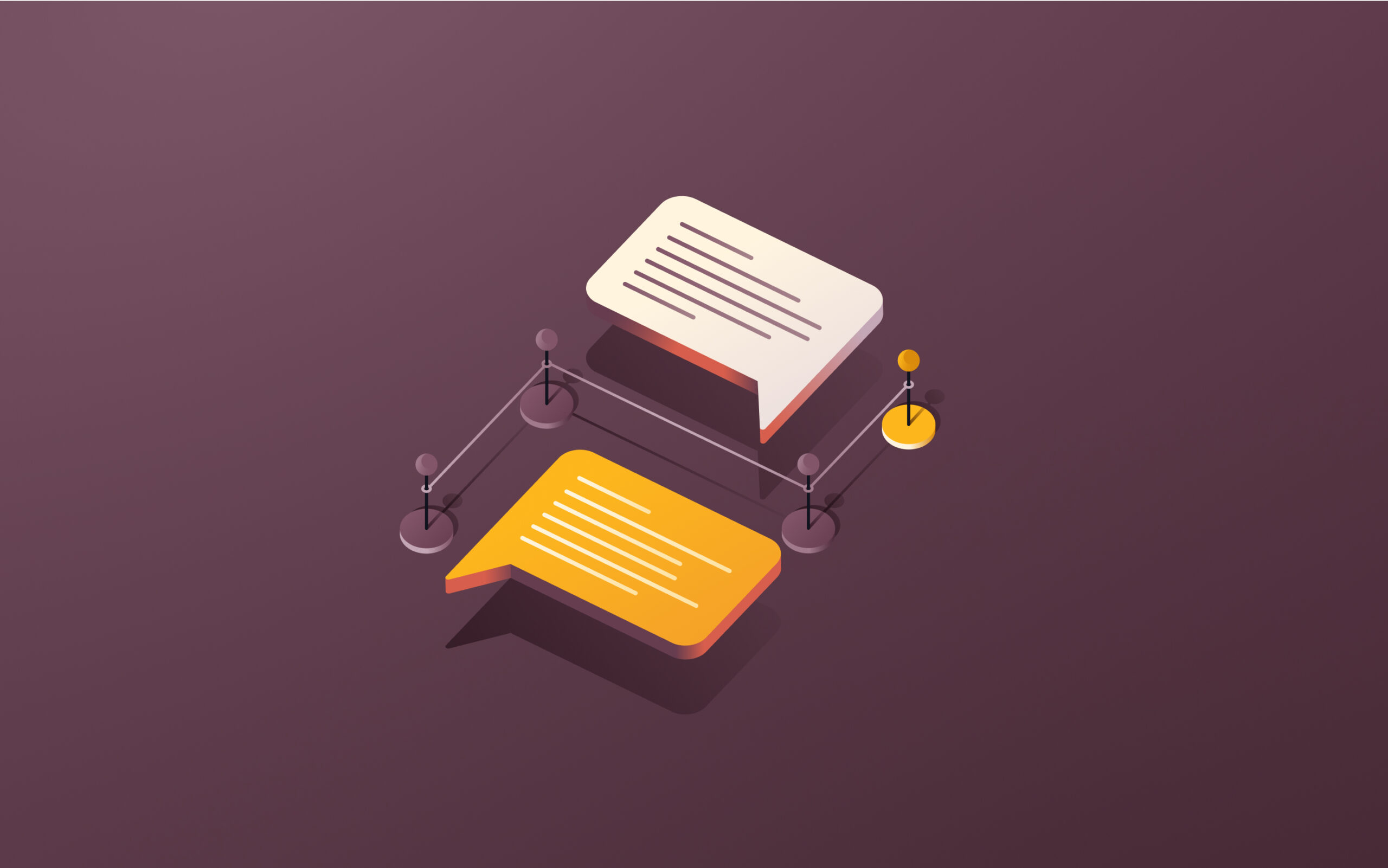SAP vs. Oracle: Ultimate ERP comparison for 2025

Choosing the right enterprise resource planning (ERP) software matters. It shapes how your business runs payroll, tracks inventory, manages employees, and reports on finances. A system that fits can help teams move faster and stay organized. The wrong one can slow everything down.
If you’re comparing SAP and Oracle, it's important to understand that they work differently. Each one brings its own set of tools, processes, and limitations.
In this article, we discuss the core differences between SAP and Oracle in plain terms. We look at their functionality, use cases, strengths, and sticking points, so HR leaders, finance teams, and operations execs can figure out which one would work best for their business needs.
What is SAP ERP?
SAP ERP is a business software platform that combines multiple core systems into one unified solution. It falls under the broader category of enterprise resource planning and can help businesses manage internal processes like finance, supply chain, human resources, and procurement.
SAP offers a modular setup, allowing businesses to build out industry-specific configurations while keeping all data and workflows connected. The system supports cross-functional collaboration by centralizing operations within a single platform. SAP ERP can be useful across a wide range of industries, including manufacturing, retail, logistics, and healthcare.
What is Oracle ERP?
Oracle ERP is a cloud-based enterprise resource planning system that brings finance, procurement, supply chain, and project management into one platform. It’s part of Oracle’s broader suite of business applications, built to support large and mid-sized organizations.
The system includes tools for accounting, budgeting, forecasting, and compliance. Oracle ERP also offers advanced analytics, built-in reporting, and automation powered by AI. These features support real-time decision-making and can help businesses track financial performance across departments.
Oracle vs. SAP: Feature comparison
The difference between Oracle and SAP often comes down to how each platform handles core business functions like finance, analytics, and automation. Here’s a side-by-side look at key features to help teams understand where the two platforms diverge:
Feature
Oracle
SAP
ERP and business process management
Offers a unified cloud-based ERP solution designed to streamline end-to-end business processes.
Uses a modular ERP system with industry-specific components and centralized business operations.
Database and analytics performance
Runs on Oracle Database, with AI-driven analytics and deep integration across data sources.
Uses SAP HANA, an in-memory database that supports real-time analytics and processing
Financial management and reporting
Includes features for budgeting, forecasting, global accounting, and real-time financial analysis.
Provides tools for accounting, financial planning, compliance, and audit management.
AI and automation
Includes AI tools for forecasting, anomaly detection, and automating repetitive financial tasks.
Supports machine learning and automation within supply chain, HR, and finance modules.
Cloud infrastructure
Fully cloud-native with regular updates, managed infrastructure, and integrated security features.
Available in cloud, on-premise, or hybrid configurations depending on business needs.
SAP vs Oracle: Pros and cons
SAP and Oracle both offer full-scale ERP software, but they focus on different areas and can work better for different business structures. Here's a closer look at the pros and cons of each system:
SAP
Pros
- Industry-specific modules tailored for manufacturing, healthcare, and retail: SAP includes pre-built modules that may meet the operational needs of specific sectors. Businesses in regulated or complex industries can use these configurations to manage compliance and day-to-day operations.
- Supply chain and HR capabilities: SAP brings supply chain, logistics, and workforce planning into one system. This can help businesses manage everything from inventory to employee records without bouncing between platforms.
- ERP and HR solutions: SAP combines core ERP functions, like finance, procurement, and reporting with HR software, like payroll, time tracking, and benefits management. This creates a single system for both operational and people processes.
Cons
- Higher implementation costs and longer deployment time: SAP projects can involve complex setups that may require outside consultants or dedicated internal teams. Businesses might face longer timelines and higher costs compared to other ERP software rollouts.
- Steep learning curve: SAP systems include a range of features, but that complexity can make it harder for teams to get up to speed. Generally speaking, users need structured training before they can use the platform effectively day to day.
- Customer support can be slow: Some businesses report long wait times and delays when dealing with SAP support. Getting help for technical issues or configuration questions may take more time than expected.
Oracle
Pros
- AI-driven automation for finance and analytics: Oracle includes built-in automation for financial processes like forecasting, anomaly detection, and closing the books. These AI features can reduce manual work and help finance teams move faster.
- More cost-effective than SAP: Oracle’s cloud-first setup can reduce infrastructure and maintenance costs for some businesses. Some teams also find Oracle’s pricing structure more flexible depending on their size and setup.
- HR and payroll features: Oracle offers tools for managing employee data, payroll processing, compensation, and compliance. The system supports end-to-end HR workflows inside the same platform as finance and operations.
Cons
- Users report performance issues with large datasets and custom setups: Teams working with high data volumes or complex customizations report sometimes experiencing slow performance. These delays can affect reporting, analytics, and day-to-day workflows.
- Limited third-party integrations versus SAP: Oracle doesn’t connect as easily with external platforms or niche tools as SAP does. Businesses often need custom development to integrate with software outside the Oracle ecosystem.
- Steep interface and usability challenges: Users report finding Oracle’s interface hard to navigate without formal training. Simple tasks can feel clunky, especially for teams without deep technical experience.
6 key differences between SAP and Oracle
While SAP and Oracle both fall under the umbrella of enterprise-grade ERP software, their tools, specifically how they work and how teams interact with them, can vary a lot. Below are six practical differences that can shape your decision when choosing between these two ERP software options:
1. Artificial intelligence (AI) integration
Both SAP and Oracle include AI features, but they apply them in different ways. SAP uses AI to support tasks in supply chain, HR, and finance through machine learning and predictive analytics. Oracle leans heavily into AI-driven automation for finance and planning workflows, especially inside its cloud-native ERP software.
2. User experience and learning curve
The interface and navigation differ a lot between the two systems. Users often mention that Oracle ERP feels complex and not very intuitive without training. SAP also comes with a steep learning curve, but its structure may feel more predictable for businesses already using other SAP tools.
3. Implementation time
Deployment timelines vary depending on how much customization a business needs. SAP often requires more time to set up, especially for businesses rolling out multiple modules. Oracle can move faster in some cloud deployments, but larger projects involving multiple systems can still take months, just like SAP.
4. Customization and flexibility
Both platforms allow deep configuration, but they take different routes. SAP offers modular setups that businesses can adjust based on operational needs. Oracle relies on configuration tools inside its cloud environment. However, both ERP software platforms often require developer support for more advanced customizations.
5. Scalability and business size suitability
SAP and Oracle both serve enterprise-level businesses, but not all setups work for smaller teams. Oracle markets some of its ERP software toward mid-sized companies, especially with its cloud versions. SAP focuses more on large-scale operations and industry-specific builds that tend to suit complex organizations.
6. Security and compliance
Both systems include enterprise-grade controls for access, audit trails, and data protection. SAP often ties compliance into its modules for industries like healthcare or manufacturing. Oracle applies security and compliance features across its cloud infrastructure, covering all core ERP software components.
SAP use cases
SAP may suit businesses with complex workflows that span multiple departments. Its structure enables teams to run operational processes and connect data across finance, HR, and supply chain in one place. Below are a few ways businesses may apply SAP:
Data analytics and business intelligence
SAP can pull data from multiple parts of the business into one reporting layer. Teams may use it to run performance reports, monitor activity, and compare trends across regions or departments. Some businesses may rely on this centralized data model to help with planning or forecasting.
Regulatory compliance and risk management
SAP includes built-in tools that can support policy enforcement and audit tracking. Businesses operating in regulated sectors may use these features to manage access, monitor changes, or maintain internal controls. Teams can also configure approval workflows that align with compliance needs.
Customer experience and service management
SAP can help businesses manage customer interactions across sales, service, and support. Businesses that tie SAP’s CRM features into their wider ERP setup can keep customer records in sync with orders, billing, or inventory. This setup can reduce double-handling and make issue-tracking easier across departments.
Internet of Things (IoT) and smart asset management
SAP offers tools that can support the tracking and monitoring of physical assets using IoT devices. Manufacturing and logistics teams can feed data from equipment into the platform to help manage maintenance or downtime. This approach may allow businesses to flag issues early and optimise asset use across facilities.
Oracle use cases
Oracle may suit teams that need cloud-first tools for financial operations, analytics, or planning. Its product set includes modules that support cross-department workflows and reporting. Here are a few use cases where Oracle ERP may come into play:
Cloud-based enterprise resource planning (ERP) solutions
Oracle ERP runs fully in the cloud, which may suit businesses looking to reduce infrastructure overhead. Teams can manage operations like procurement, budgeting, and compliance in one system. This setup can also support remote access across global or distributed teams.
Advanced database management and analytics
Oracle database has tools that can support complex queries and reporting at scale. Businesses that work with large datasets may use Oracle’s analytics engine to track financials, operational KPIs, or performance across regions. These tools can support more advanced reporting without relying on third-party systems.
Customer experience (CX) and CRM solutions
Oracle includes CX tools that can connect marketing, sales, and support workflows. Teams may use them to track customer journeys, manage contacts, and run campaigns from within the same platform. The system also allows integration with other Oracle modules for billing, contracts, or fulfillment.
AI-driven business intelligence and automation
Oracle includes AI features that can help finance or operations teams automate routine tasks. Businesses can apply automation to areas like invoice matching, forecasting, or data reconciliation. The platform includes these features directly, which may help teams avoid using separate tools or scripts.
Rippling: An ERP alternative to SAP and Oracle
SAP and Oracle both offer complex ERP software for large enterprises. But for businesses that want a more flexible, unified solution, Rippling offers an alternative.
Rippling is the first platform that lets you manage HR, IT, payroll, and spending in one system. You can run payroll, track time, manage benefits, assign apps, provision devices, handle expenses, and more. The best part? You can do it all without switching between disconnected tools.
Everything in Rippling connects through a single source of truth. You can automate thousands of manual processes across departments, sync employee data everywhere, and build custom workflows that match your business needs. Rippling works globally too. So, you can hire, pay, and manage employees and contractors around the world.
If you're scaling fast and want tight control without the overhead of traditional ERP systems, Rippling gives you that power, without the complexity.
SAP vs. Oracle FAQs
How is SAP different from Oracle?
SAP and Oracle both offer full-scale ERP platforms, but they focus on different things. SAP leans into modular setups for industries like manufacturing and retail, while Oracle centers its ERP around a unified cloud model. Oracle often pushes automation and analytics in finance, whereas SAP spreads functionality more evenly across HR, supply chain, and operations.
What are the main cost differences between SAP and Oracle?
SAP typically involves higher upfront costs for setup and configuration. Oracle’s cloud-first model may lower infrastructure and maintenance expenses, but costs can still grow depending on the number of modules and users. Some businesses also factor in the long-term admin and support costs, which vary between the two systems.
Which ERP is better for small businesses: SAP or Oracle?
Neither system focuses specifically on small businesses. That said, Oracle offers Oracle Fusion Cloud versions aimed at mid-sized teams, while SAP’s tools are more often used by large, complex operations. Smaller businesses may find both systems overly complex depending on their size, budget, and staffing.
What is Oracle Cloud?
Oracle Cloud is Oracle’s infrastructure and platform service that supports its entire suite of business applications. This includes Oracle Fusion Cloud, which powers ERP, HCM, SCM, and analytics tools in a unified environment. Teams use Oracle Cloud to access and manage data, automate workflows, and scale systems without relying on on-premise infrastructure.
Does SAP offer an HRIS?
Yes, SAP offers an HRIS through its SAP SuccessFactors platform. It includes tools for core HR, payroll, time tracking, benefits, and employee performance. Businesses can use it on its own or as part of a broader SAP ERP setup.
This blog is based on information available to Rippling as of April 14, 2025.
Disclaimer: Rippling and its affiliates do not provide tax, accounting, or legal advice. This material has been prepared for informational purposes only, and is not intended to provide or be relied on for tax, accounting, or legal advice. You should consult your own tax, accounting, and legal advisors before engaging in any related activities or transactions.











